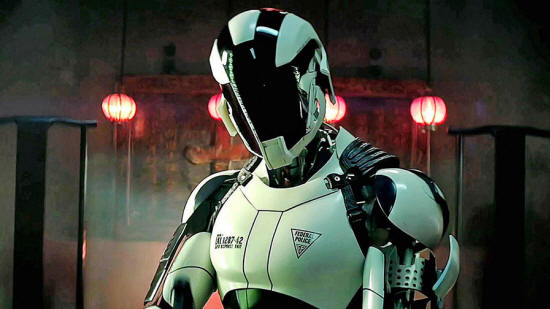|
With advancements in robotics, it is assumed that in a short amount of time, the US military may turn to a synthetic army to replace human soldiers.
Roboticist Illah Nourbakhsh envisions:
Desensitizing our military forces to the gore of war would bring about moral issues with the ideology behind becoming comfortable with killing as a culture.
Former Commander General Stanley McCrystal warned:
Noel Sharkey, professor of Artificial Intelligence and Robotics at Sheffield University warns that think-tanks and the rise of the military industrial complex will culminate in the creation of synthetic armies that could turn on their creators should they be equipped with autonomous thought programming.
Sharkey explains:
The Human Rights Watch (HRW) has released a report entitled "Losing Humanity - The Case Against Killer Robots" which warns that autonomous synthetic armed forces lack conscious empathy that human soldiers have and could perform lethal missions without provocation.
Autonomous synthetic robots used as weapons cannot inherently conform to,
The HRW report states:
Indeed, the responsibility factor is questionable on a legal stand-point because who is ultimately responsible for the actions of a synthetic armed force robot?
Would the ultimate charge fall to the:
As the Defense Research Advanced Projects Agency (DARPA) programs research forward for autonomous robotics to be used for "disaster relief" purposes, Brian Gerkley, spokesperson for the Open Source Robotics Foundation (OSRF) believes,
In 2013, it was reported that Russia was creating their own killer robots that will be designed to eliminate terrorists.
Deputy Prime Minister Dimitry Rogozin, who also oversees defense, explained that these robots are being developed by Russian experts to,
Working as service "men", the robots would assist in disaster scenarios. In the event of a terrorist situation, these robots would be utilized because of their specialized ability to,
According to reports:
The Pentagon has developed a Multi-Robot Pursuit System that utilizes,
In the wake of Sandy, the Pentagon has requested that a team of "rescue robots" be engineered in time for the next "natural disaster".
The DARPA Robotics Challenge is putting out the call for a synthetic force that can be designed for autonomous thought; yet mitigate the risk to human life when performing a rescue mission.
By remote-control, soldiers can use these semi-autonomous robots to research areas of interest before human investigations are conducted.
Because of the risks involved in rescue aid workers and human response teams, DARPA awarded the now Google-owned Boston Dynamics, Inc. a $10.9 million contract to manufacture humanoid robots that are bi-pedal, built like humans and have a sensor head with on-board computing capabilities.
Completion of the project is expected for August of 2014.
|

